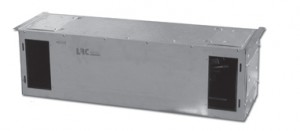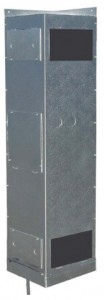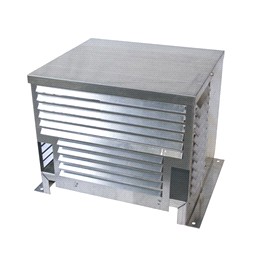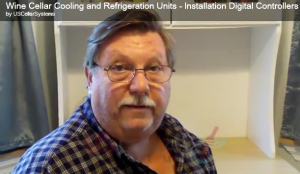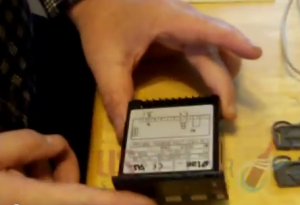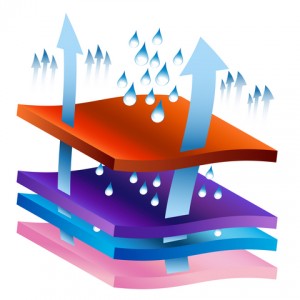 Anyone who buys active wear these days is familiar with the phrase “moisture wicking”. What does that have to do with Wine Cellar Cooling Units, we hear you ask?
Anyone who buys active wear these days is familiar with the phrase “moisture wicking”. What does that have to do with Wine Cellar Cooling Units, we hear you ask?
Unlike cooling systems in wine cellars, modern fabrics can pull moisture off the skin, pass it through the clothing, and dry it quickly. It’s a certainly great improvement to comfort and the effectiveness of the clothing in sports and extreme conditions.
Playing with the physics of a wine cellar does just the opposite. A custom wine cellar can actually promote moisture migration, this effect is actively compounded by the addition of wine cellar refrigeration equipment. This is why protections like a vapor barrier are vital and not just precautionary.
Mold and mildew are a possibility in any basement. Wine cellar cooling units installed in custom wine cellars which have not been constructed properly dramatically increases those odds.
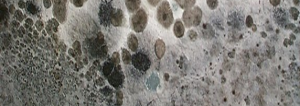
We were recently working with a wine cellar builder in the New England area in Massachusetts. In this case contractor’s project was to add a HS (High Static) Wine Cellar Cooling System to a finished room in a basement that has been serving as a wine cellar for several years. The average temperature in the room is just a little higher than the customer wants. The customer is happy with the look of the room as it is. He does not mind the investment of adding refrigeration equipment but is resistant to the expense of adding a vapor barrier.
This is the point the builder / contractor needs to become 1 part salesman, 2 parts expert.
The customer wants their wine cellar builder to be expert, so the sales part should be simple, right?
Not really. To sell the customer on the complete idea turned out to be challenging. Should the builder just do what the client wants, install the cooling system without a vapor barrier? Then when problems arise down the road they can at least say “well, we told you so”!
Mold and moisture problems build up slowly over time, look ugly, do not smell good and are difficult to get rid of.
On the other hand, doing the job correctly and including critical details the customer doesn’t think they want but still giving him the finished product can clearly take some finesse.
The customer may not understand why details like a vapor barrier are important. Therefore it is not valuable to him. This is why being “perceived” as an expert is doubly important. The best way to prove to yourself or others you are an expert is to be able to explain the topic in understandable and relevant terms to someone else. The customer needs reassurance that he is making the right choice without feeling up-sold.
Need help with issues like this? Wine Cellar Refrigeration Systems are always here to help you. Simply call us at +1 (562) 513-3017 or complete a wine cellar cooling simple contact request form and we will be happy to contact you.
We will keep adding relevant topics to our wine cellar cooling technical pages and on our YouTube Channel. Making them your go-to place for reference data and sales support. We are also just a phone call away for direct support.
What do wine cellar cooling systems in New England, Massachusetts have in common with “Active Wear“? The physics of wine cellar cooling units – The answer is… Nothing, they are opposites!
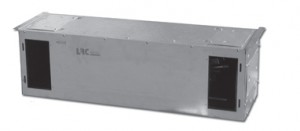 The wine cooling unit they selected for this project was an RM 2600 split system. The main benefits of using these types of systems for a wine cellar refrigeration project is that less space is typically taken up in the wine room itself. They are also significantly more efficient than the self-contained wine cooling systems as well having a quieter operation.
The wine cooling unit they selected for this project was an RM 2600 split system. The main benefits of using these types of systems for a wine cellar refrigeration project is that less space is typically taken up in the wine room itself. They are also significantly more efficient than the self-contained wine cooling systems as well having a quieter operation.





